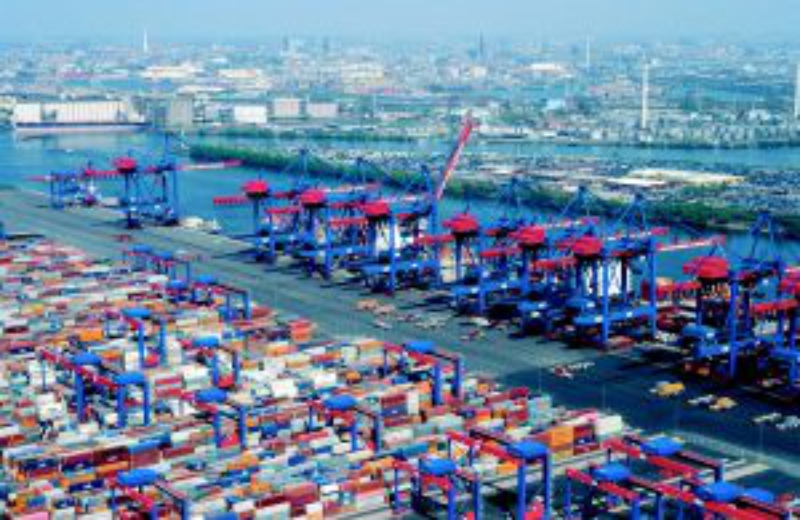July 19, 2020: German terminal operator Hamburger Hafen und Logistik AG (HHLA) is one of the first ports worldwide to develop solutions for its Hamburg container terminals that use machine learning (ML) to predict the dwell time of a container at the terminal.
The first two projects have now been successfully integrated and implemented into the Information Technology (IT) landscape at Container Terminals Altenwerder (CTA), which was one of the world’s first automated terminals, and Burchardkai (CTB) in the port of Hamburg.
Angela Titzrath, chairwoman of the HHLA executive board, emphasised the importance of ML for the company in her welcoming address at the World Artificial Intelligence Conference (WAIC) which took place in Shanghai from 9 to 11 July. “Machine learning solutions provide us with many opportunities to increase productivity and capacity rates at the terminals,” she said.
The productivity of automated block storage at CTA will be increased by means of an ML-based forecast. The goal is to predict the precise pickup time of a container. Processes are substantially optimised when a steel box does not need to be unnecessarily restacked during its dwell time in the yard. When a container is stored in the yard, its pickup time is frequently still unknown. In future, the computer will calculate the probable container dwell time. It uses an algorithm based on historic data which continually optimises itself using state-of-the-art machine learning methods.
A similar solution is applied at the CTB, where a conventional container yard is used alongside an automated one. Here too, ML supports terminal steerage by allocating optimised container slots. In addition to the dwell time, the algorithm can help calculate the type of delivery. The machine learning solutions can predict whether a container will be loaded onto a truck, the train, or a ship much more accurately than can be determined from the reported data.
A significant positive effect can already be seen at both terminals since the containers are stored based on their predicted pickup time and must, therefore, be moved less frequently. The projects were driven forward by teams from HHLA and its consulting subsidiary HPC Hamburg Port Consulting.
Source: Container News






